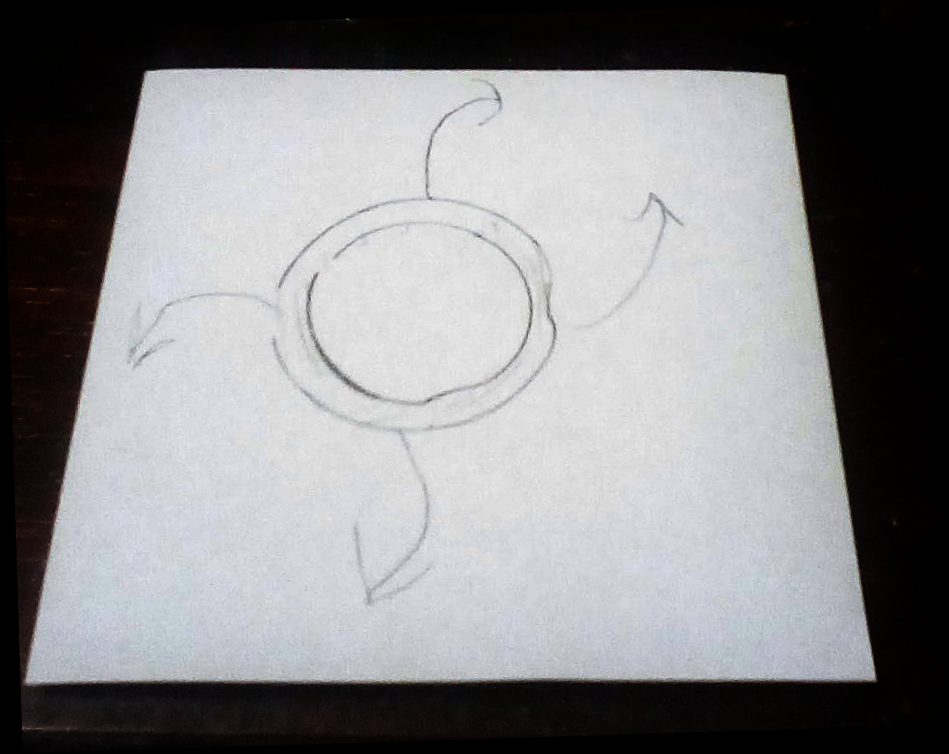This is just a first look – the investigation has just begun. This was shot in Western Iowa on 30 April 2021. If you’ve seen something similar, please give us your report.
Several new witness submitted videos
We’ve had several new witness submitted videos since our last post. Many of these include annotation or enhancements by API. The audio is often muted to protect witness anonymity. Have a look, and let us know what you think.
If you have your own video you’d like us to look at, please use our sighting report form.
Any idea what this is?
Update (28 October 2021) : we now consider this case solved. See our Report of Investigation.
On 19 January 2021, at about 18:09 EST, we were shooting an International Space Station pass and experimenting with Direct Manual Focus (DMF) on the Sony A7 III mirrorless camera. The lens was a Tamron 28-75mm f/2.8 – a very good quality lens. The standard lens hood was attached, and video was captured at 4K resolution, 30 frames per second. We were looking to the East (you can see the constellation of Taurus in much of the clip). For a few seconds, a reddish, extended object “flew” through the frame, and was dismissed at the time as a lens flare. However, examination of the footage shows that is not a lens flare, so we’re baffled as to what it could be.
What do you think it could be?
Episode 16 – Lights, Camera, Action!

Released: 11 November 2020
Duration: 60 minutes
Lots of cases to discuss!
The API team is joined by two new members, Molly and Dan.
Paul goes into detail on a dazzling Ohio sighting with terrific night vision camera footage, and talks about a recently reported 2014 close encounter experienced by a woman in San Francisco.
API Case Files Episode 9 – The Oregon case was not swamp gas.
Released: 9 April 2016
Duration: 59 minutes, 16 seconds
Marsha Barnhart on a recent Oregon case, the Swamp Gas Conference, Ted Roe, and Antonio Paris.
Producer and Host: Marsha Barnhart
Postproduction: Paul Carr and Auphonic.com
Hosting: Libsyn.com
Please Follow Us on Twitter
We’re over 900 followers @APIcasefiles. The spammers and apparent fake accounts have been blocked. we’d love to have you join us there, and will very likely follow you back.
If you want to know what API is up to day-to-day, Twitter is the place to check us out.
Redacted Report for Case 20-020 (Ohio)
An Ohio couple witness an object maneuvering in the skies over Ohio in the wee hours of the morning. Read the redacted Report of Investigation.
For more case reports, please see our Investigations Page.

Case 20-030: looking for a smoke trail.
Is the video submitted for Case 20-030 an atmosphere-skimming fireball? If it is, we could reasonably expect to see a smoke trail. The great daylight fireball of 1972 left a smoke trail hundreds of miles long that lingered in the air for several minutes.
However, this video was shot on a moonless night, and it might be hard to see a smoke trail. This video explains how we went looking a sign of it. Nothing conclusive was found.
Witness Submitted Video with star identifications (Case 20-030)
It was a clear, moonless night, and the witness was out in his back yard observing comet Neowise with a digital night vision camera when this extremely bright object flew over.
When you have reference objects in a video or photograph, the first order of business is to determine whatever you can about the direction and distance of those objects. In the case of stars, the distances aren’t important, but if you know the date, time, location, and which star you are looking at, then you know the exact location in the sky.
In this video we show the names of a few of the stars as the object passes by. For 64 Cygnus, you might notice that as the object neared, a bright lens flare briefly hijacks the tracker.
Motion Analysis for Case 20-017
This training video goes into considerable detail of how the first part of a motion analysis was performed using the free version of Blackmagic’s DaVinci Resolve. You should be able to perform similar analyses when you have shaky video and good reference objects in frame.




